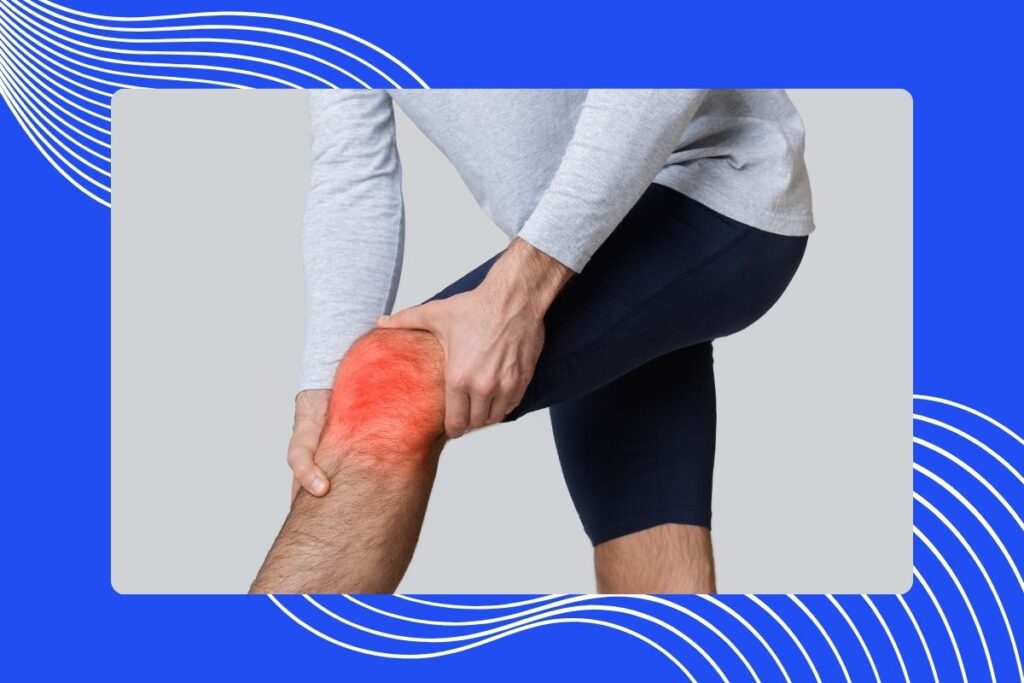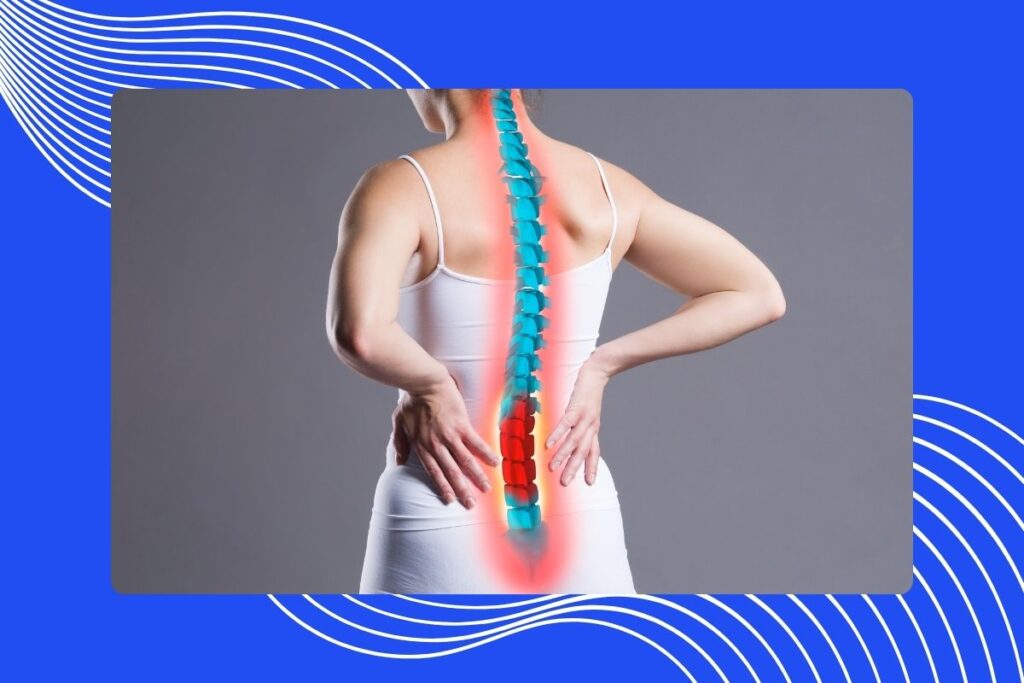Chronic pain is a debilitating condition that affects millions of people worldwide, significantly impacting their quality of life. While there are many causes of chronic pain, inflammation plays a crucial role in many cases. Understanding the connection between inflammation and chronic pain can help develop effective treatment strategies. This blog delves into the intricate relationship between these two phenomena, exploring the mechanisms, conditions, and management strategies.
What is Inflammation?
Inflammation is the biological response of the body’s immune system to harmful stimuli such as pathogens, damaged cells, or irritants. It is a protective mechanism that removes harmful stimuli and initiates healing.
Types of Inflammation:
- Acute Inflammation: This is a short-term response with localized effects. It is characterized by redness, heat, swelling, and pain at the site of injury or infection. Examples include a sore throat from a cold or a cut on the skin.
- Chronic Inflammation: This is a prolonged inflammatory response that can last for months or years. It often results from the failure to eliminate the cause of acute inflammation, an autoimmune response, or a chronic irritant. Chronic inflammation can lead to tissue damage and is associated with various chronic diseases.
Role of Inflammation in the Body’s Defense Mechanism
Inflammation is essential for survival as it helps fight infections and heal injuries. It involves activating immune cells, releasing cytokines and other mediators, and increasing blood flow to the affected area to facilitate the healing process.
Common Causes of Inflammation:
- Infections by bacteria, viruses, or fungi
- Physical injuries like cuts, burns, or fractures
- Chemical irritants and toxins
- Autoimmune disorders
- Chronic diseases such as obesity and diabetes
Understanding Chronic Pain
Chronic pain is defined as pain that persists for more than three months. Unlike acute pain, which serves as a warning signal for injury, chronic pain can persist even after the initial cause has been resolved.
Common Conditions Associated with Chronic Pain:
- Arthritis: Inflammation of the joints causing pain and stiffness.
- Fibromyalgia: Widespread musculoskeletal pain accompanied by fatigue and sleep disturbances.
- Chronic back pain: Often due to spine issues or injuries.
The Connection Between Inflammation and Chronic Pain
The link between inflammation and chronic pain is complex and involves various biological mechanisms.
Biological Mechanisms Linking Inflammation and Chronic Pain:
- Cytokines and Their Role: Cytokines are small proteins released by immune cells that regulate inflammation. Pro-inflammatory cytokines such as TNF-α, IL-1, and IL-6 can sensitize nerves and contribute to pain.
- Immune System Response: Persistent activation of the immune system leads to chronic inflammation, which can damage tissues and nerves and cause prolonged pain.
Examples of Conditions Where Inflammation Causes Chronic Pain:
- Rheumatoid Arthritis: An autoimmune disorder where the body’s immune system attacks joint tissues, leading to chronic inflammation and pain.
- Inflammatory Bowel Disease: Conditions like Crohn’s disease and ulcerative colitis involve chronic inflammation of the digestive tract, causing abdominal pain.
How Inflammation Leads to Chronic Pain
When acute inflammation fails to resolve the underlying issue, it can transition into chronic inflammation, causing ongoing tissue damage and persistent pain. Chronic inflammation releases substances that sensitize nerves, increasing their responsiveness to pain signals and potentially leading to nerve damage and heightened pain perception over time. Additionally, chronic pain can activate stress responses in the body, which further promote inflammation, creating a feedback loop where pain leads to more inflammation, and inflammation exacerbates pain.
Managing Inflammation to Alleviate Chronic Pain
Effectively managing inflammation can help reduce chronic pain and improve quality of life.
Anti-Inflammatory Medications and Treatments:
- NSAIDs (Nonsteroidal Anti-Inflammatory Drugs): These drugs, such as ibuprofen and naproxen, reduce inflammation and alleviate pain.
- Corticosteroids: These powerful anti-inflammatory drugs are used for severe inflammation but must be used cautiously due to potential side effects.
Lifestyle Changes to Reduce Inflammation:
- Diet: Incorporating anti-inflammatory foods such as fruits, vegetables, whole grains, and fatty fish can help reduce inflammation. Avoiding processed foods, sugary drinks, and red meat is also beneficial.
- Exercise: Regular physical activity helps reduce inflammation and improves overall health.
- Stress Management: Techniques such as mindfulness, meditation, and yoga can lower stress levels and reduce inflammation.
Alternative and Complementary Therapies:
- Acupuncture: This traditional Chinese medicine technique can help reduce inflammation and pain by stimulating specific points on the body.
- Herbal Supplements: Supplements such as turmeric, ginger, and omega-3 fatty acids have anti-inflammatory properties.
- Physical Therapy: Tailored exercises and therapies can help manage pain and reduce inflammation.
Key Takeaways
The connection between inflammation and chronic pain is well-established, with inflammation playing a key role in the development and persistence of chronic pain. Understanding this relationship can aid in developing effective treatment strategies that target inflammation, thereby alleviating pain and improving the quality of life for those affected. Early intervention and a comprehensive approach that includes medication, lifestyle changes, and alternative therapies can significantly benefit individuals suffering from chronic pain.



